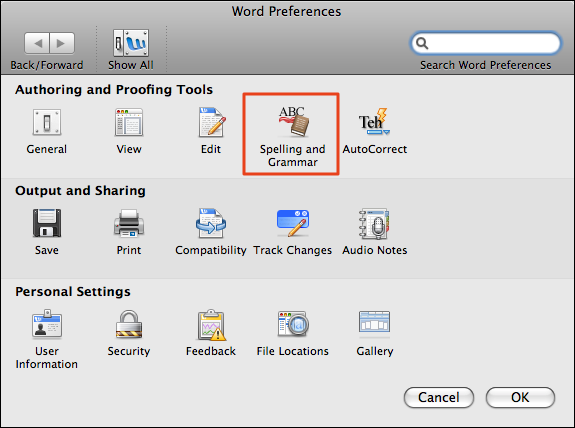

We continue to learn how customers want to use our products through continued feedback. Microsoft says this feature will start rolling out today: This means you can now add your Apple iCloud account to Outlook and keep it alongside your other accounts. Microsoft is also making a notable change to Outlook for Mac today, bringing support for iCloud accounts for the first time.
#WORD FOR MAC REVIEW FULL#
This means that now our core flagship Office apps-Outlook, Word, Excel, PowerPoint, and OneNote-will run faster and take full advantage of the performance improvements on new Macs, making you even more productive on the latest MacBook Air, 13-inch MacBook Pro, and Mac mini. We are excited to announce that starting today we are releasing new versions of many of our Microsoft 365 for Mac apps that run natively on Macs with M1. The Office apps are Universal, which means they also continue to run with the latest updates and features on Intel Macs as well. Microsoft says users should notice major performance improvements when using the Office apps on M1 Macs.

The apps have also been redesigned with macOS Big Sur in mind, and more. With updates rolling out today, Outlook, Word, Excel, PowerPoint, and OneNote for the Mac are all now optimized for Apple Silicon. Accepting all changes.Microsoft has made a variety of major announcements for Office 365 users on the Mac.

But make sure you check your work carefully first, as errors can creep in during editing. You can also choose to “Accept All Changes” or “Reject All Changes” by opening a dropdown menu via the “Accept” and “Reject” buttons. Alternatively, you can right click the edited text and accept or reject it via the contextual menu. Accepting and rejecting changes.Īfter checking each one, you can select either “Accept” or “Reject” as required. You can also select edits manually with the cursor by clicking on the change you want to review. To cycle between edits, use the “Previous” and “Next” buttons. Once you’ve finished revising a document and turned off Track Changes, you can review the edits made via the “Changes” panel on the “Review” tab. You can also control the type of edits displayed in a document (e.g., textual changes, but not formatting) via the menu that appears when you click “Show Markup” in the “Tracking” panel. In older editions of Word, the markup options are broadly the same but have different names.


 0 kommentar(er)
0 kommentar(er)
